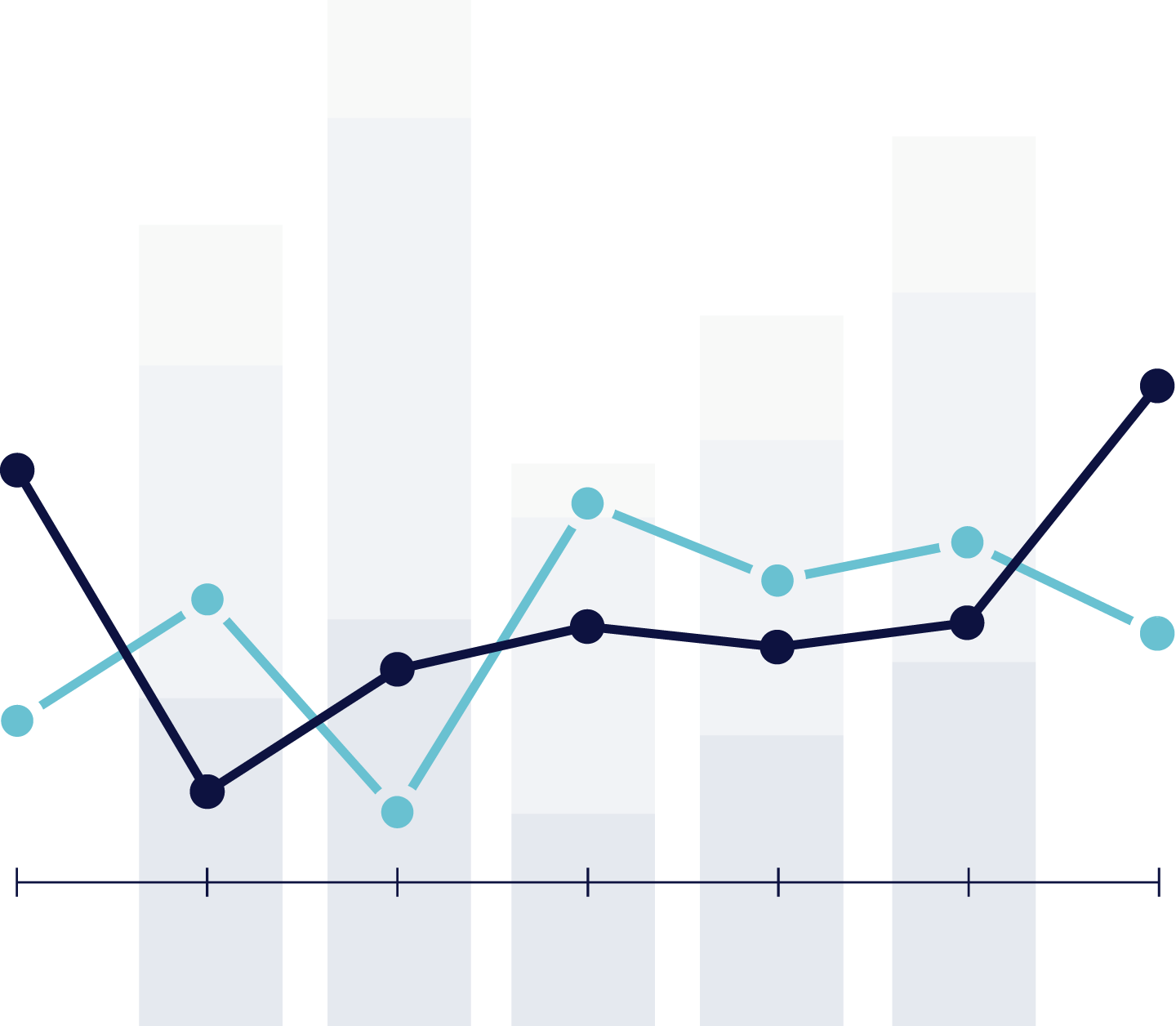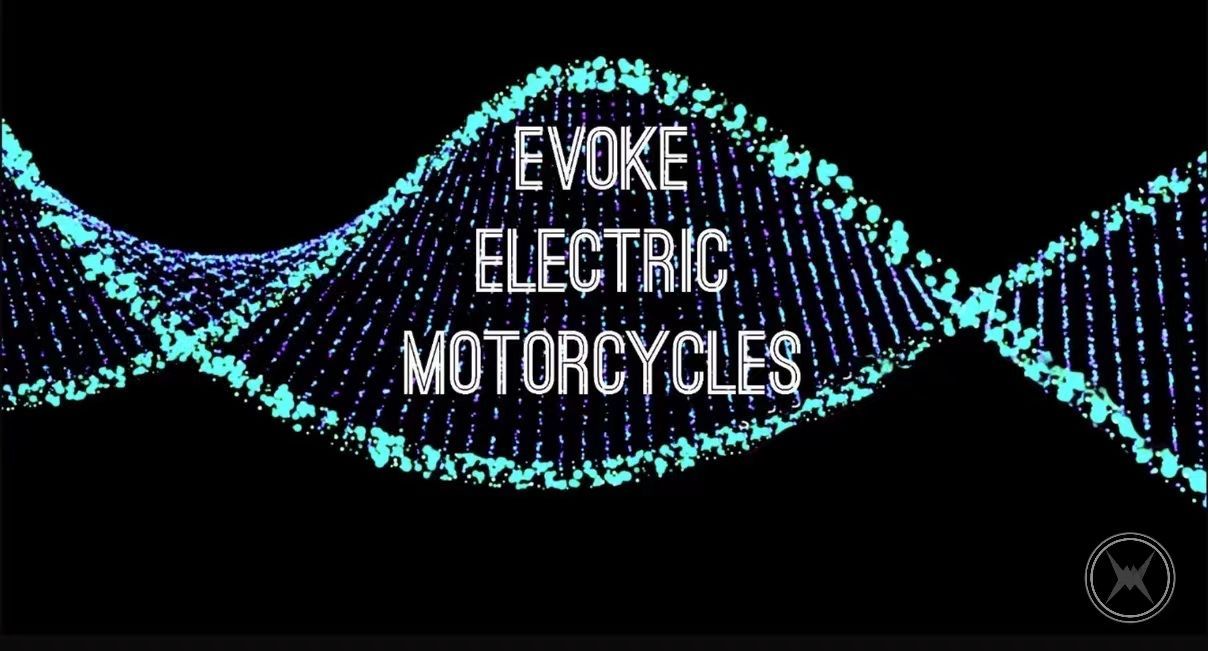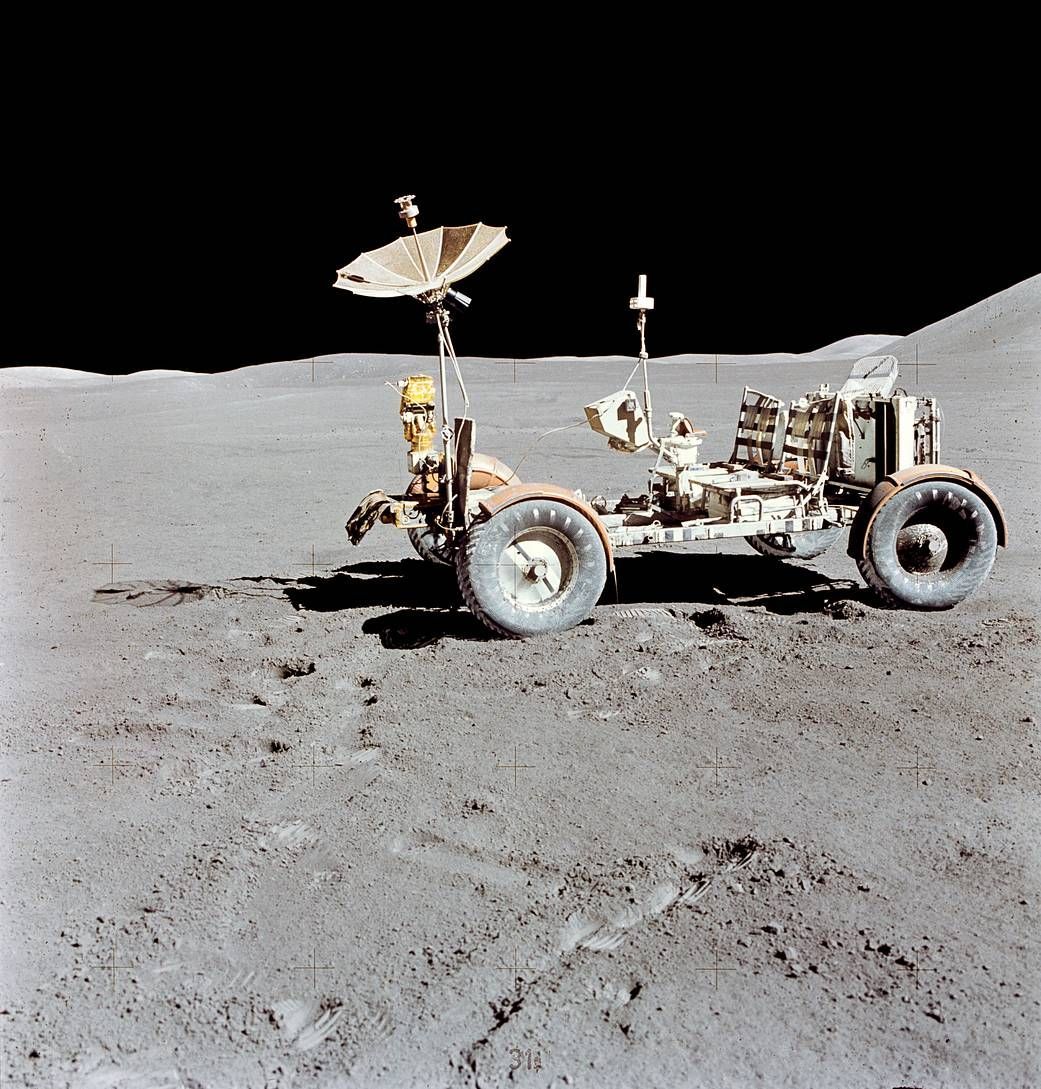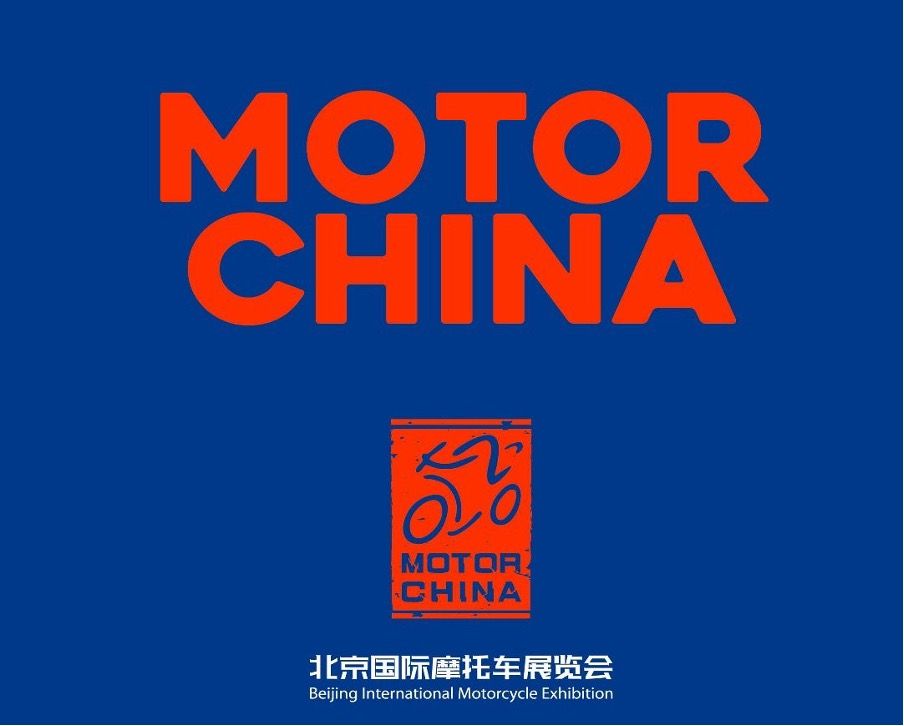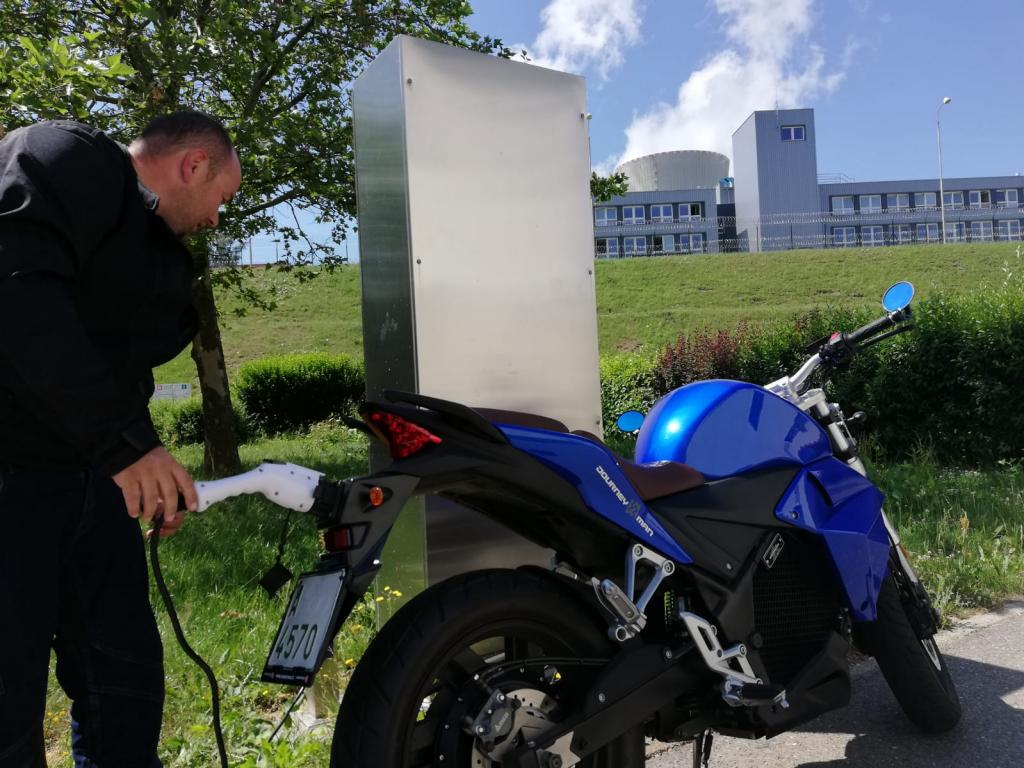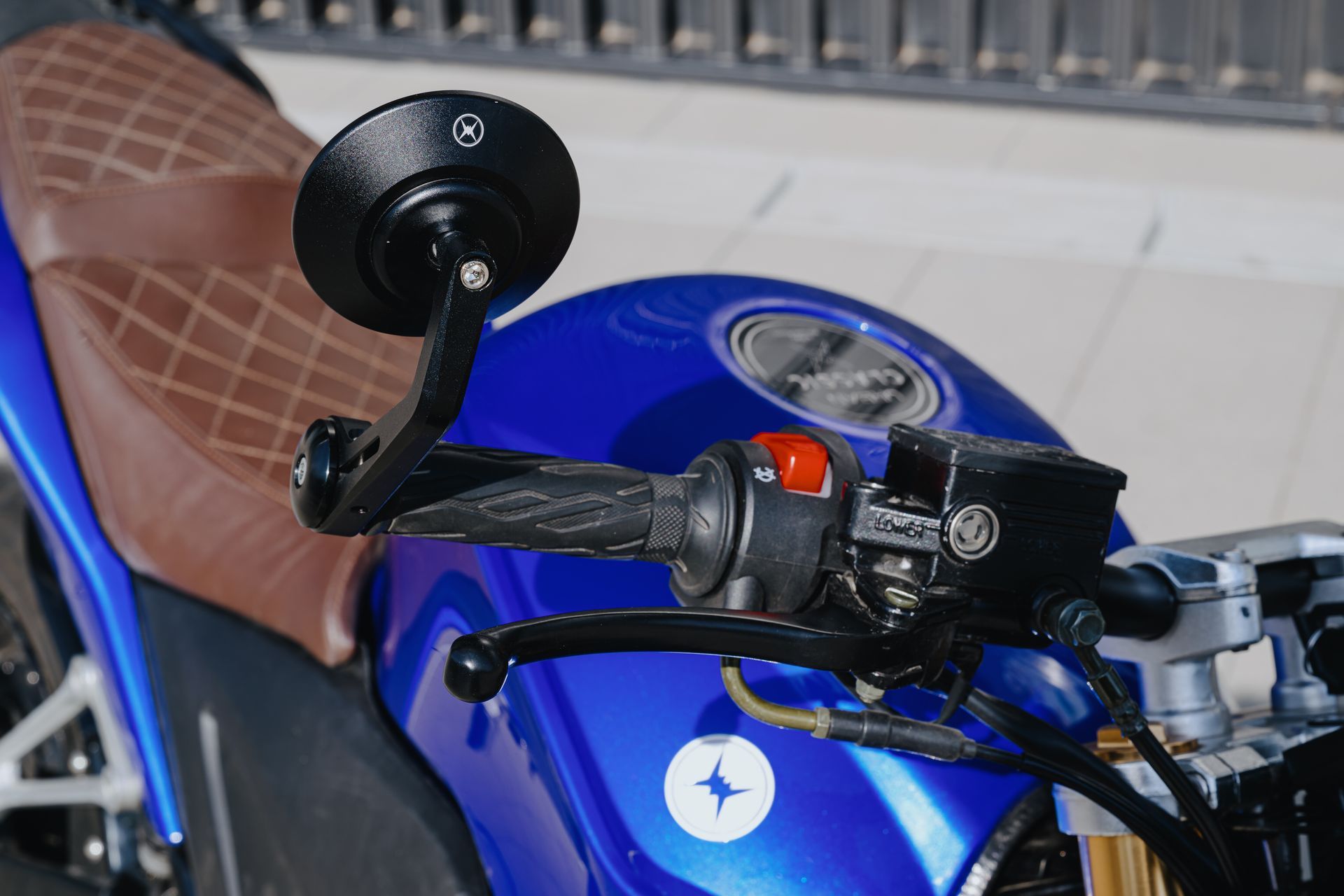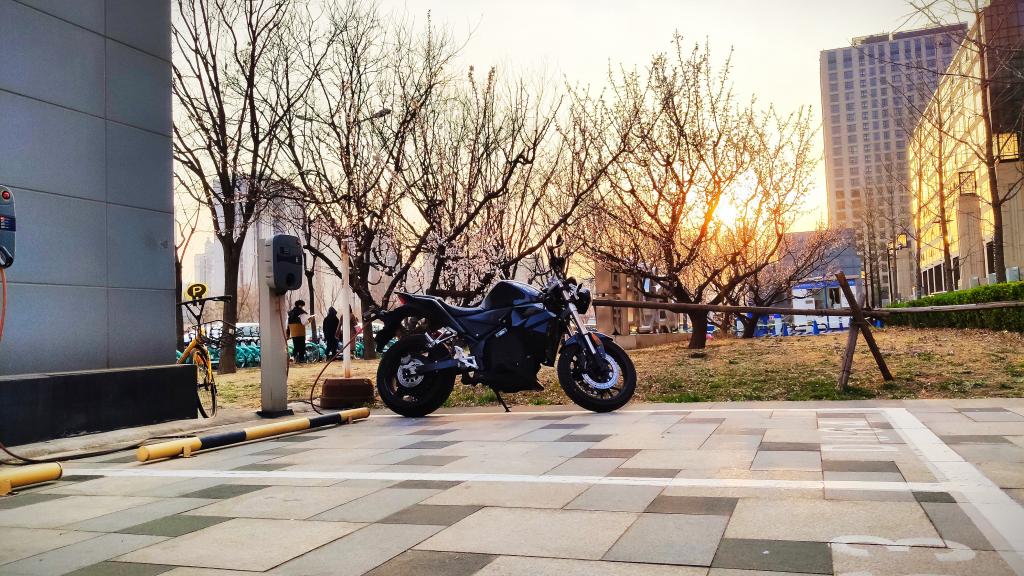5 Factors That Impact EV Range
Electric vehicle owners face several different range-related challenges. These can include limited availability of charging infrastructure. According to the latest data, the US has a total of 140,000 electric vehicle (EV) charging stations for both Level 2 AC and Level 3 DC fast chargers.
Estimates show that it will balloon to 12.9 million by 2030. While it shows the availability of charging stations is improving, there are still valid concerns about battery degradation over time. Additionally, EV owners experience range anxiety due to the uncertainty of how far they can travel using their bikes.
Evoke Motorcycles would like to share the top 5 factors that impact your electric motorcycle's range and that will allow you to both better plan a stress-free ride!
What Impacts EV Range
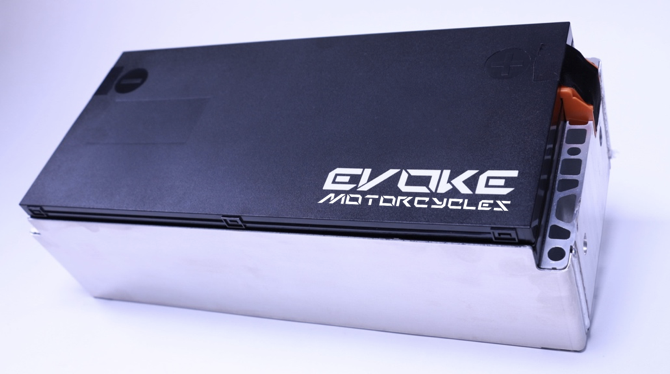
Here are the different factors that decrease or increase the EV range.
1. Battery Type
The type of battery matters. The newer and more advanced the battery is, the more range your motorcycle will have. These batteries have higher capacity, allowing them to store more energy, giving your ride a longer range. In the same way that older batteries have lesser capacity to hold their charge. This means you might need to charge more frequently if you plan on going on a long ride.
Similarly, the battery’s efficiency also affects the bike’s range. Batteries with higher efficiency ratings will require less energy to travel the same distance. Ultimately, how you take care of their battery’s health also impact’s efficiency.
2. System Efficiency
The efficiency of an EV is an essential factor in determining its range. Components with higher efficiency ratings will use less energy and allow you to travel the same distance using less power. For example, a higher-efficiency motor converts more energy into usable power, allowing your bike to travel farther.
High quality magnets have higher efficiency, reducing the amount of heat the motor generates, and improving your EV's overall efficiency. Your electric motorcycle will therefore fare better when it comes to range.
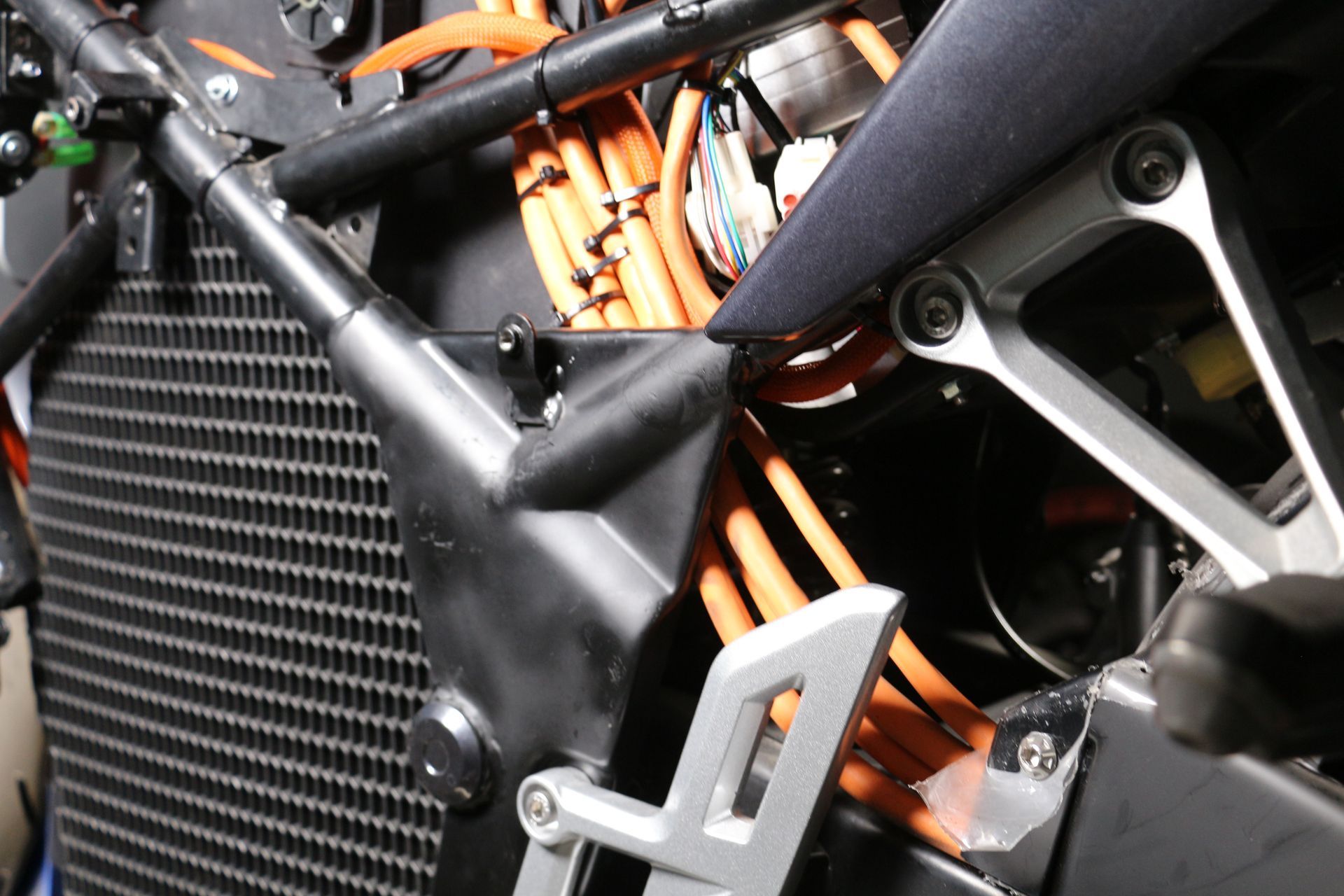
3. Vehicle Weight
The vehicle’s weight also plays a role in the range. Heavier bikes will require more energy to travel the same distance, resulting in a shorter range. The same concept applies when you have a back rider. Your bike will also need to spend more power that will reduce its charge faster.
Similarly, bigger bikes require more energy to accelerate and maintain speed. This is because the heavier the EV is, the more power is needed to move it forward.
4. Aerodynamic Drag
In general, vehicles with more aerodynamic designs will experience less drag and are more efficient. Electric vehicles require more focus on optimizing aerodynamics and air resistance due to the lower energy available compared to those powered by combustion engines. Maximizing efficiency is essential in order to make the most out of any power source.
Additionally, aerodynamic designs can reduce the amount of noise the bike produces, further increasing its efficiency.
5. Driving Style
Finally, the driving style can affect the range of the vehicle. Aggressive driving, such as rapidly accelerating and braking, can decrease range due to the additional energy used up.
More efficient driving techniques, such as smoother acceleration, coasting, and maintaining a constant speed, can help maximize an electric vehicle’s range. Drivers should also avoid unnecessary idling, which can further decrease the EV's range.
Enjoy an Increasing EV Range!
Knowing the different factors affecting an electric vehicle’s range is essential for drivers to maximize efficiency.
By understanding these factors and adjusting accordingly, drivers can get the most out of their bikes and ensure they’re not caught with a flat battery halfway through their journey. Evoke Motorcycles creates both battery, frame design and components in order to offer riders maximum mileage for their buck!
